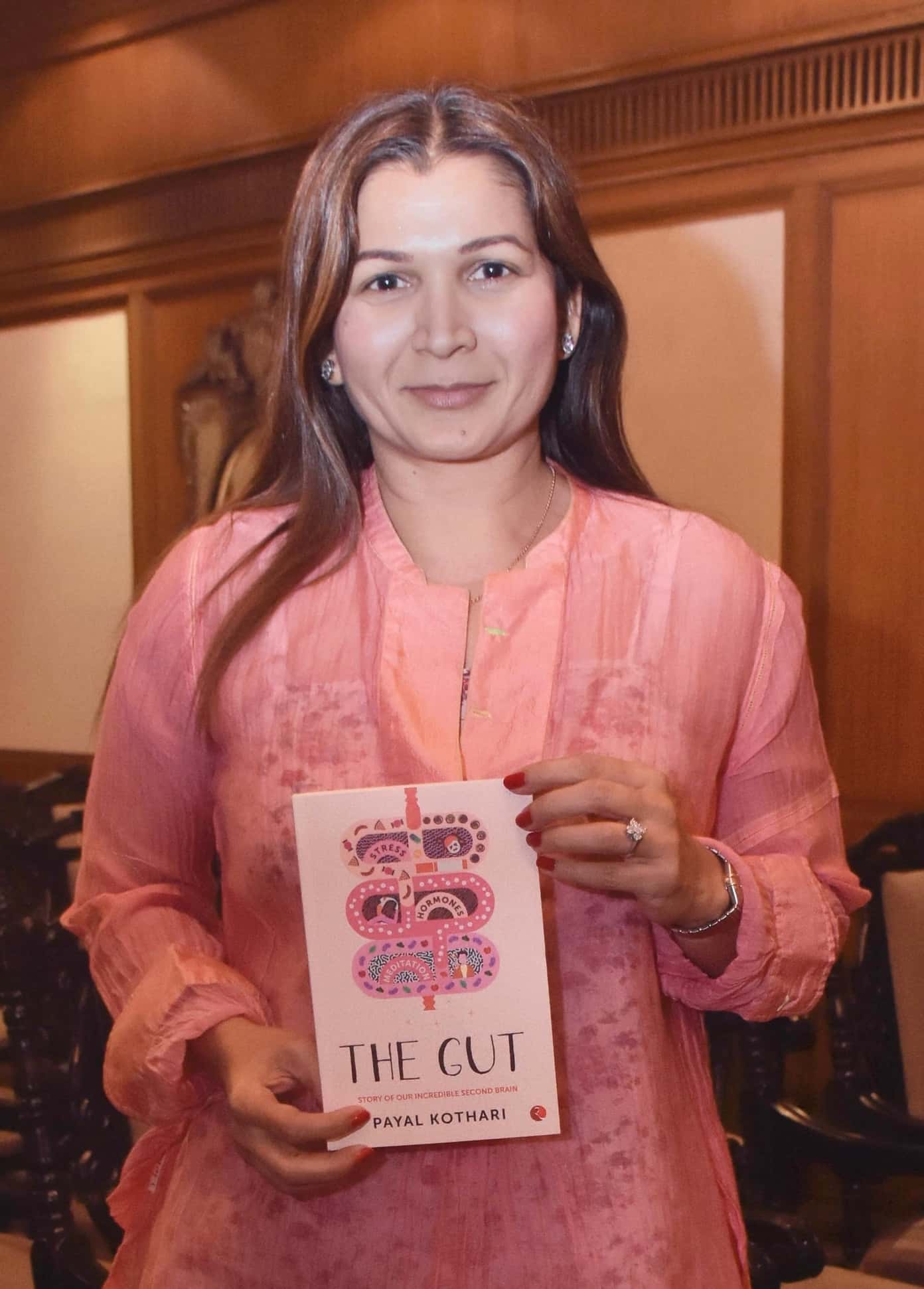Is the “gut feeling” real or just a figment of the imagination? What does it have to do with wellness and nutrition? What should we eat for a healthy digestive system?
To shed light on how the gut — as the gastrointestinal system is commonly referred to — holds the key to a healthy lifestyle, Payal Kothari, an integrative nutritionist, has written a book, The Gut: Story of Our Incredible Second Brain. Kothari spoke about her book and gut health at An Author’s Afternoon on March 19, organised by Prabha Khaitan Foundation in association with Shree Cement Ltd and Taj Bengal.
“Integrative nutrition is all about combining our physical and emotional demands. Emotions are our primary foods, followed by the physical items that our bodies ingest,” Kothari said, in conversation with Nilisha Agarwal, adding that her book was centred around integrative nutrition, with a special focus on the role of the gut in the functioning of the human body.
“I was two years old when I was diagnosed with tuberculosis and developed what is called a ‘leaky gut’. This means that the walls of my gut are not as tight as they should be, and all kinds of bacteria and pathogens can easily enter my bloodstream,” Kothari said. Her personal health struggles, she revealed, was a big factor that propelled her to write this book, which is her first.

Payal Kothari at Taj Bengal for An Author's Afternoon. Telegraph Picture
Describing what we commonly call the “gut feeling” as a form of “evolved instinct” based on thousands of years of human civilisation, Kothari emphasised the need to listen to our gut and not overeat or over-starve at any point of time. “It’s all about maintaining a balance. Eighty percent of what we eat should be what our bodies require; the remaining 20 percent can be used to indulge in whatever we like.”
Having dealt with both malnutrition as well as obesity in her formative years, Kothari is well aware of the double burden that India faces today. “Most of our youngsters are either considerably underweight or obese. This is where conventional medicine’s one-size-fits-all approach does not work. A wellness wheel is much more effective, which understands how to synchronise our emotions with our diet,” explained Kothari.
Dwelling on the things one can do to feed the gut well and keep it in fine fettle, Kothari spoke about the importance of harnessing good bacteria through probiotics as well as prebiotics. She listed five essential ingredients that should be incorporated into a daily diet — coconut water, spirulina (an algae that stimulates the gut), fruits, soups and salad. She also insisted on frequent intake of water and the habit of spacing out meals so that the digestive system is given adequate rest.
“Become a food detective, find out where your foods come from and what they mean for your body. At the end of the day, you have to take care of yourself and figure out what works best for you,” Kothari said.
Asked by a member of the audience to suggest food options for non-vegetarians, Kothari mentioned free-range eggs and grass-fed poultry, and warned that any food item that has been injected with antibiotics must not be consumed. The author also expressed her desire to follow up the publication of The Gut with a second book, this one on her favourite recipes.










